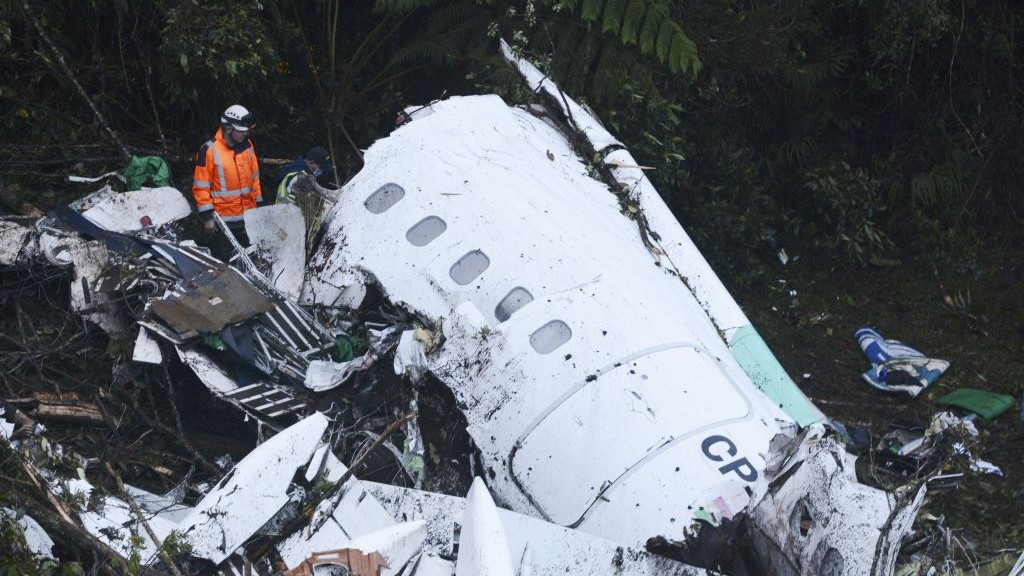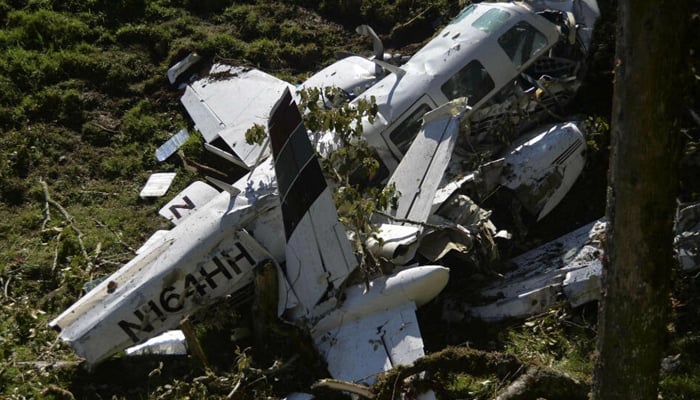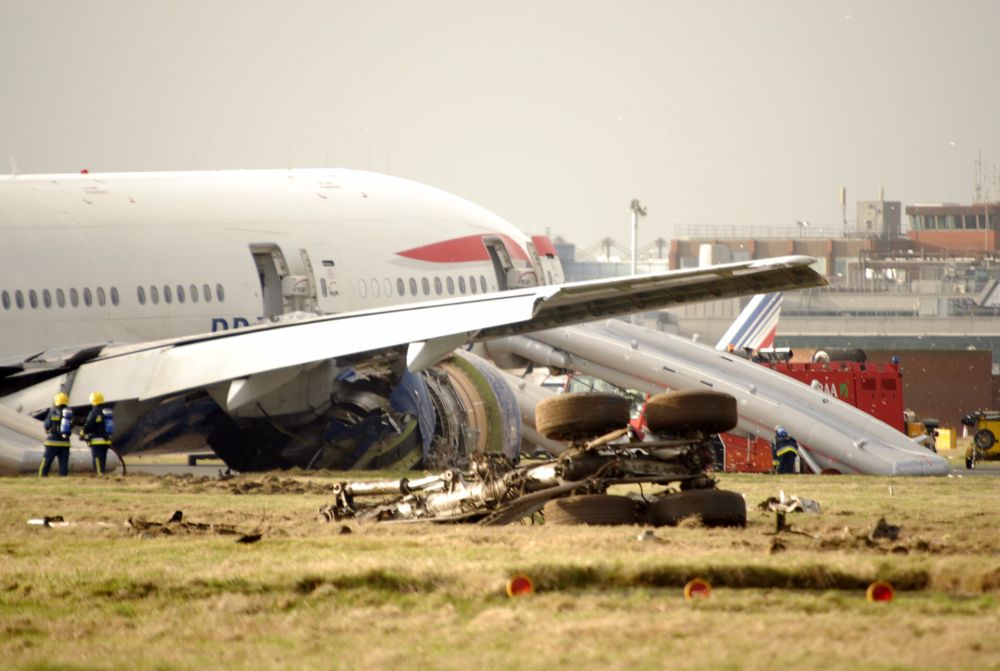History of Aviation Accidents in Brazil

Brazil has a long and complex history of aviation accidents, with numerous incidents occurring over the decades. These events have had a profound impact on the country’s aviation safety regulations and practices.
Significant Aviation Accidents in Brazil
The following table presents a chronological overview of some of the most significant aviation accidents in Brazil, highlighting the date, location, aircraft type, and cause of each incident:
| Date | Location | Aircraft Type | Cause |
|---|---|---|---|
| August 2, 1950 | Rio de Janeiro, Brazil | Douglas DC-4 | Pilot error, resulting in a crash into a mountainside. |
| January 3, 1962 | Rio de Janeiro, Brazil | Boeing 707 | Mechanical failure, leading to a runway overrun and crash. |
| September 3, 1973 | São Paulo, Brazil | VASP Boeing 737 | Pilot error, causing the aircraft to crash into a mountainside. |
| July 3, 1982 | Rio de Janeiro, Brazil | Varig Boeing 737 | Pilot error, resulting in a crash into the ocean. |
| September 19, 1989 | Amazon Rainforest, Brazil | VASP Boeing 737 | Mechanical failure, leading to a crash into the jungle. |
| July 17, 1996 | Amazon Rainforest, Brazil | TAM Airlines Fokker 100 | Pilot error, causing the aircraft to crash into a mountainside. |
| September 29, 2006 | São Paulo, Brazil | TAM Airlines Airbus A320 | Pilot error, resulting in a runway overrun and crash. |
| July 17, 2007 | Rio de Janeiro, Brazil | Gol Airlines Boeing 737 | Mid-air collision with a private aircraft, resulting in a crash. |
| November 13, 2007 | São Paulo, Brazil | Airbus A320 | Pilot error, leading to a crash into a building. |
Impact of Aviation Accidents on Brazilian Aviation Safety Regulations
Aviation accidents in Brazil have prompted significant changes in the country’s aviation safety regulations. These changes have focused on improving pilot training, enhancing aircraft maintenance, and strengthening safety oversight. For instance, the crash of a TAM Airlines Airbus A320 in 2006, which resulted in the deaths of 199 people, led to the implementation of new regulations aimed at preventing runway overruns. These regulations included stricter pilot training requirements, the installation of runway overrun prevention systems, and the establishment of a national aviation safety agency.
Investigating the Causes of Brazil Flight Crashes

Brazil’s aviation history is marked by both progress and tragedy. While the country has made strides in developing its air transport network, it has also experienced a number of high-profile flight crashes. Investigating these accidents is crucial to understanding their root causes and implementing measures to prevent future tragedies.
Role of Brazilian Authorities in Accident Investigations
The Brazilian authorities play a vital role in investigating aviation accidents. The primary body responsible is the National Civil Aviation Agency (ANAC), which is responsible for overseeing all aspects of civil aviation in Brazil. ANAC has a dedicated department for accident investigations, which works closely with other agencies, including the Brazilian Air Force and National Institute of Criminalistics (IC).
Common Factors Contributing to Aviation Accidents in Brazil
A number of factors have contributed to aviation accidents in Brazil. These include:
- Inadequate Maintenance: Poor maintenance practices, including inadequate inspection and repair, can lead to mechanical failures that contribute to accidents. This is particularly concerning for older aircraft that may not receive the necessary upkeep.
- Weather Conditions: Brazil’s diverse geography and climate, including tropical storms and mountainous terrain, can present significant challenges for pilots. Severe weather conditions can lead to turbulence, visibility issues, and other factors that increase the risk of accidents.
- Human Error: Pilot error, including fatigue, poor judgment, and inadequate training, can contribute to a significant number of accidents. In some cases, pilot errors may be compounded by factors such as inadequate communication or inadequate safety protocols.
- Air Traffic Control Issues: Inadequate air traffic control systems and procedures can contribute to accidents. This may include issues with communication, coordination, and the management of air traffic in busy airspace.
Comparison of Brazilian Airline Safety Standards with International Standards
Brazilian airlines generally meet international safety standards, with many being certified by the International Air Transport Association (IATA). However, some concerns have been raised about the consistency of safety practices across all Brazilian airlines, particularly smaller regional carriers. There have been instances where these carriers have faced scrutiny over maintenance practices, pilot training, and operational procedures.
Potential Systemic Issues within the Brazilian Aviation Industry
While the Brazilian aviation industry has made significant progress in recent years, there are potential systemic issues that may contribute to accidents. These include:
- Funding for Safety: Some argue that the Brazilian government needs to invest more heavily in aviation safety infrastructure, including training facilities, air traffic control systems, and research and development. This would help ensure that safety standards are consistently met across the industry.
- Enforcement of Regulations: Some have raised concerns about the enforcement of safety regulations in Brazil. This includes ensuring that airlines adhere to maintenance schedules, pilot training requirements, and other safety protocols. More rigorous enforcement could help to improve safety standards across the industry.
Impact of Brazil Flight Crashes on the Country

Flight crashes in Brazil have had a profound impact on the country, leaving behind a trail of devastation and raising critical questions about aviation safety. These tragic events have not only claimed countless lives but have also significantly affected the Brazilian economy and public perception.
Human Cost of Flight Crashes
The human cost of flight crashes in Brazil is immeasurable. These tragedies have ripped apart families, leaving behind a void that is impossible to fill. The loss of life, particularly in cases involving large passenger aircraft, has shaken the nation and sparked widespread grief and mourning.
Economic Impact of Flight Crashes
Flight crashes have significant economic repercussions for Brazil. The immediate impact includes the loss of lives and the costs associated with rescue operations, investigations, and compensation for victims’ families. In the long term, these events can lead to decreased tourism, reduced business travel, and damage to the reputation of the country’s aviation industry. The financial burden of these crashes can be substantial, impacting both airlines and the government.
Public Response and Media Coverage, Brazil flight crash
The public response to flight crashes in Brazil is often marked by a mixture of shock, grief, and anger. The media plays a crucial role in reporting these events, often providing extensive coverage that can fuel public debate and scrutiny of aviation safety measures. Public pressure can lead to investigations, reforms, and increased attention to safety protocols.
Notable Flight Crashes in Brazil
The following table summarizes some of the most notable flight crashes in Brazil, highlighting their human cost and economic impact:
| Accident | Date | Number of Fatalities | Economic Impact |
|---|---|---|---|
| TAM Airlines Flight 3054 | July 17, 2007 | 199 | Estimated at over $100 million, including compensation to victims’ families and damage to the aircraft. |
| Gol Transportes Aéreos Flight 1907 | September 29, 2006 | 154 | Estimated at over $50 million, including compensation to victims’ families and damage to the aircraft. |
| Air France Flight 447 | June 1, 2009 | 228 | Estimated at over $150 million, including compensation to victims’ families and search and rescue operations. |
The recent Brazil flight crash has sparked intense debate about safety protocols and aviation oversight. This tragedy reminds us of the complex interplay between human error, technology, and regulations, a topic deeply explored in the fox debate , which delves into the limitations of our knowledge and the need for constant vigilance.
As we mourn the loss of life, we must also commit to learning from this tragedy and ensuring that such incidents become a thing of the past.
The recent Brazil flight crash highlights the fragility of life and the devastating impact of unforeseen events. While the immediate focus is on the victims and their families, it’s important to remember the broader implications. The pandemic, for example, has had a profound impact on global travel, who covid 19 has disproportionately affected vulnerable communities, and its effects are still being felt across the world.
The Brazil flight crash serves as a reminder that tragedy can strike anywhere, anytime, and it’s crucial to prioritize safety and preparedness in all aspects of life.
